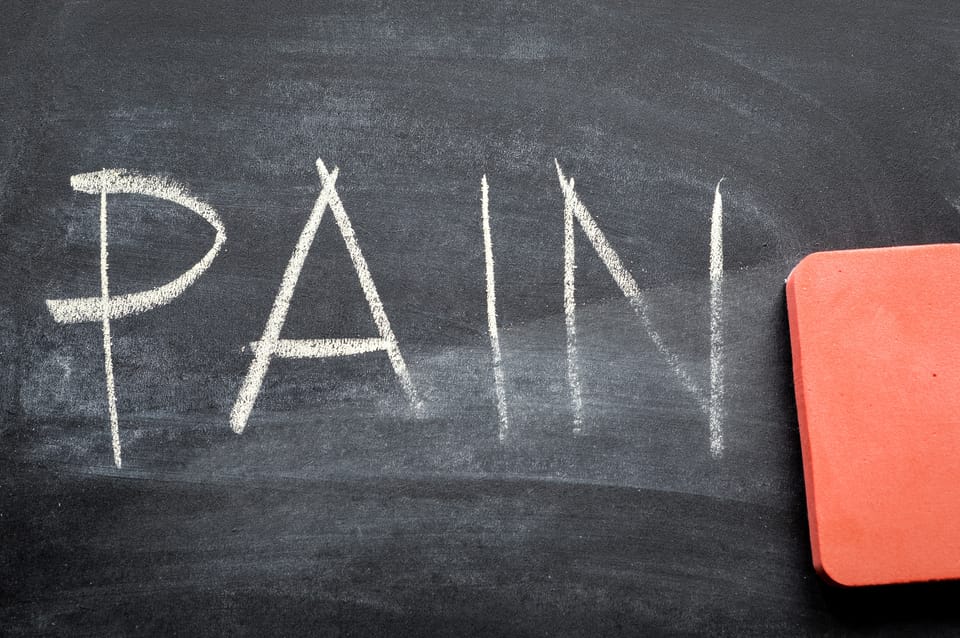At one time or another, we have all experienced pain. However, the Centers for Disease Control and Prevention reported that an estimated 20% of the US adult population (50 million patients) suffered from chronic pain in 2016. Chronic pain is defined as a patient having pain on most days or every day in the past 6 months, according to the International Association for the Study of Pain. In 2016, it was also found that 8% of the US adult population (19.6 million patients) suffered from high-impact chronic pain, which is chronic pain that frequently limits life or work activities. Health economists from John Hopkins University reported the annual cost of chronic pain in the US is as high as $635 billion a year due to direct healthcare costs and lost productivity.
Chronic pain is usually the result of one or more chronic medical conditions, so it is important to seek appropriate treatment for the underlying medical condition(s) from your healthcare provider. Unfortunately, while the condition is being treated and the pain persists, chronic pain can cause poor sleep, depressed or anxious mood, decreased function and mobility, and a poor quality of life.

Sadly, many patients often resort to treatment with opioid pain medications, which have risks including side effects, tolerance, and addiction. Furthermore, the use of opioids usually does not improve sleep, mood, function, mobility, or quality of life. Due to the misuse of these medications, the US is facing an opioid crisis. So efforts are being made to find other treatment options for patients with chronic pain. However, there is good news and hope for patients with chronic pain.
Studies have shown that patients with chronic pain have other treatment options that improve pain and function.
The following article shows that "Acupuncture is effective for the treatment of chronic musculoskeletal, headache, and osteoarthritis pain" and the "treatment effects of acupuncture persist over time." "Referral for a course of acupuncture treatment is a reasonable option for a patient with chronic pain."
https://pubmed.ncbi.nlm.nih.gov/29198932/
Another article below is an updated review of randomized controlled trials of noninvasive, nonpharmacological treatments for five common chronic pain conditions: chronic low back pain, chronic neck pain, osteoarthritis of the knee, hip, or hand, fibromyalgia, and tension headache. Acupuncture, massage therapy, and spinal manipulation were among the treatment options that most consistently improved function and pain beyond the course of therapy for specific pain conditions. The review found no evidence suggesting an increased risk for serious treatment-related harms for any intervention.
https://www.ncbi.nlm.nih.gov/books/NBK556229/
So if you are a patient suffering from chronic pain, consider what other treatment options might be out there for you.
DISCLAIMER: Persons having conditions and/or receiving treatments that may pose a risk to participating in complementary therapies should obtain medical clearance from their physician prior to partaking in these services. Please consult your medical physician if you have any condition or concern that might place you at risk for harm.




